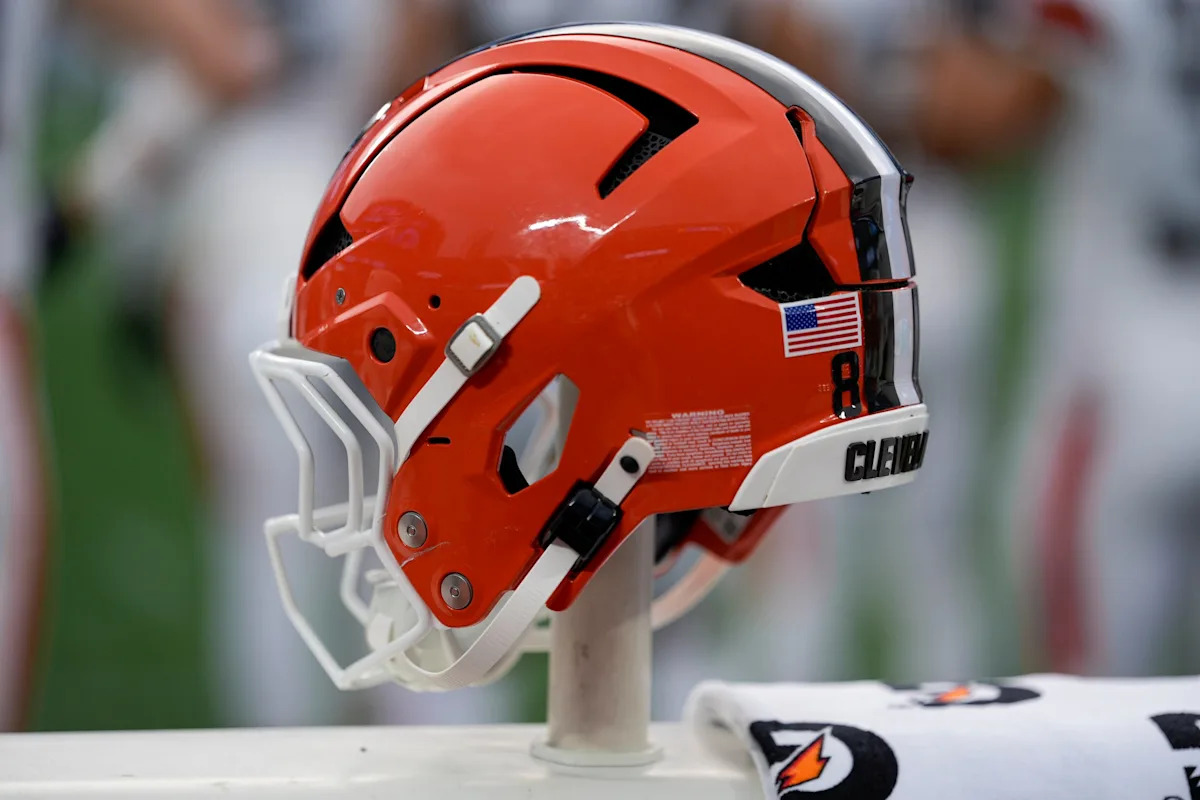Introduction
Decentralized Autonomous Organizations (DAOs) have emerged as a groundbreaking innovation in blockchain technology, offering a new paradigm for collective decision-making and governance. Unlike traditional hierarchical structures, DAOs rely on distributed participation, where stakeholders use tokens or governance rights to vote on key proposals. However, despite their potential, many DAOs struggle with engagement—low voter turnout, inconsistent contributor activity, and a lack of long-term participation.
This is where gamification comes in. By integrating game mechanics—such as rewards, leaderboards, challenges, and achievements—into DAO operations, projects can incentivize participation, foster community loyalty, and make governance more dynamic. In this article, we explore how gamification can enhance DAO engagement, examine real-world applications, analyze key challenges, and discuss future trends shaping this space.
Understanding Gamification in DAOs
Gamification is the application of game-design elements (e.g., points, badges, levels, competitions) in non-game contexts to motivate and influence behavior. Within DAOs, gamification seeks to:
- Increase Participation – Encouraging users to vote, propose ideas, or contribute actively.
- Boost Retention – Keeping community members engaged over the long term.
- Reward Contribution – Recognizing and incentivizing valuable actions.
- Foster Community Spirit – Creating a sense of belonging and friendly competition.
Given that DAOs are voluntary, self-governing communities, sustained engagement is crucial. Without it, governance becomes stagnant, and decision-making power may skew toward a few dominant stakeholders.
Examples of Gamification in DAOs
1. Reward-Based Voting & Staking Mechanisms
Many DAOs allocate governance tokens to voting participants, ensuring that contributors are compensated for their engagement. Some projects also lock tokens (through staking mechanisms) to deter short-term speculation and encourage long-term participation.
- Example: Gitcoin Grants uses quadratic funding, where community donations are matched based on voting patterns, turning governance participation into a communal funding game.
- Example: Aragon DAO rewards users with badges and reputation points for consistent involvement in proposals.
2. NFT-Based Incentives & Achievements
Non-fungible tokens (NFTs) can serve as digital trophies, signaling a member’s contributions.
- Example: Bankless DAO airdrops "achievement NFTs" to active members who complete specific tasks, such as writing reports or attending governance calls.
- Example: Yam Finance experimented with NFT rewards for early governance participants, boosting initial engagement.
3. Leaderboards & Reputation Systems
Public recognition drives participation by fostering competition and prestige.
- Example: FWB (Friends With Benefits) DAO uses a points system, where active contributors climb leaderboards, unlocking exclusive perks.
- Example: Colony integrates reputation-based voting, where frequent, high-quality contributions lead to greater influence.
Recent Developments & Statistics
- A 2023 report by DeepDAO found that DAOs with gamified governance had 2-3x higher proposal participation rates compared to non-gamified counterparts.
- Snapshot, the popular DAO voting tool, has introduced "proposal bounties", where users earn crypto rewards for creating high-quality governance initiatives.
- Layer3, a crypto engagement platform, helps DAOs distribute quests (mini-tasks) on-chain, turning participation into a rewarding game-like experience.
Challenges & Criticisms
While gamification offers significant benefits, it also presents challenges:
1. Short-Term Engagement vs. Sustainable Commitment
Some users might chase rewards without genuinely contributing to governance, leading to "farm-and-dump" behavior.
Solution: DAOs can implement delayed rewards or vesting schedules to encourage long-term alignment.
2. Overcentralization of Governance Power
If gamified incentives favor early adopters, it could create an entrenched elite, undermining decentralization.
Solution: Progressive reputation systems that balance influence across old and new members.
3. Complexity & User Experience
Crypto onboarding remains difficult for non-technical users, and excessive gamification mechanisms may confuse rather than engage.
Solution: Simplified UX, tooltips, and guided tutorials to ease participation.
Future Trends & Implications
As DAOs evolve, expect these gamification trends to grow:
1. AI-Powered Engagement Personalization
AI can tailor rewards and challenges to individual members based on past behavior, increasing relevance and motivation.
2. Metaverse & DAO Integration
Virtual workspaces (e.g., Decentraland, Spatial) can host gamified DAO meetings, where avatars interact, vote, and earn rewards in immersive environments.
3. Cross-DAO Competitions & Alliances
DAOs may establish inter-community challenges, where contributors compete for rewards across multiple blockchain ecosystems.
4. Dynamic NFT-Based Governance
NFTs could grant evolving rights or access levels based on engagement, creating a deeper sense of progression.
Conclusion
Gamification is proving to be a powerful tool for increasing DAO engagement, transforming passive token-holders into active governance participants. While challenges remain—such as ensuring fairness and avoiding superficial engagement—innovative projects are already demonstrating how game mechanics can make decentralized governance more dynamic and inclusive.
As the blockchain space matures, we can expect gamification to evolve alongside AI, the metaverse, and reputation systems, further blending entertainment with governance. For DAOs seeking long-term sustainability, integrating well-designed gamification strategies is no longer optional—it’s essential.
By fostering competition, recognition, and continuous rewards, gamified DAOs could set a new standard for participatory governance in the digital age. The future of decentralized decision-making isn’t just about protocols—it’s about people. And making the experience fun is one of the best ways to keep them involved.
Would you like more insights into a specific gamification mechanism or case study? Let us know in the comments! 🚀




